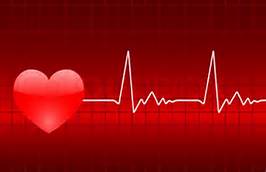There is evidence supporting adoption of a more intensive approach to the detection of atrial fibrillation in patients with unexplained stroke or transient ischemic attack (TIA). Two randomized studies of 572 and 441 patients each have shown that, as compared with the standard practice of short-duration ECG monitoring, more paroxysmal atrial fibrillation may be detected and subsequently treated with anticoagulants by noninvasive ambulatory ECG monitoring with a 30-day event-triggered recorder or an insertable cardiac monitor, respectively, among patients with a recent cryptogenic stroke or TIA. There are also mounting observational data linking subclinical atrial fibrillation to cryptogenic strokes and TIA. Source: http://www.nejm.org/有证据支持采取更有力的措施在不明原因卒中或短暂脑缺血发作(TIA)患者中检测房颤。两项分别包括572和441例患者的随机研究均显示,与通常的短期心电图监测相比,在最近不明原因卒中或TIA患者中通过配备30天事件触发记录仪的无创性动态心电图监测或植入式心脏监视器可发现更多的阵发性房颤并随之应用抗凝剂。也有越来越多的观察性资料表明亚临床房颤与不明原因卒中和TIA有关。来源:http://www.nejm.org/
